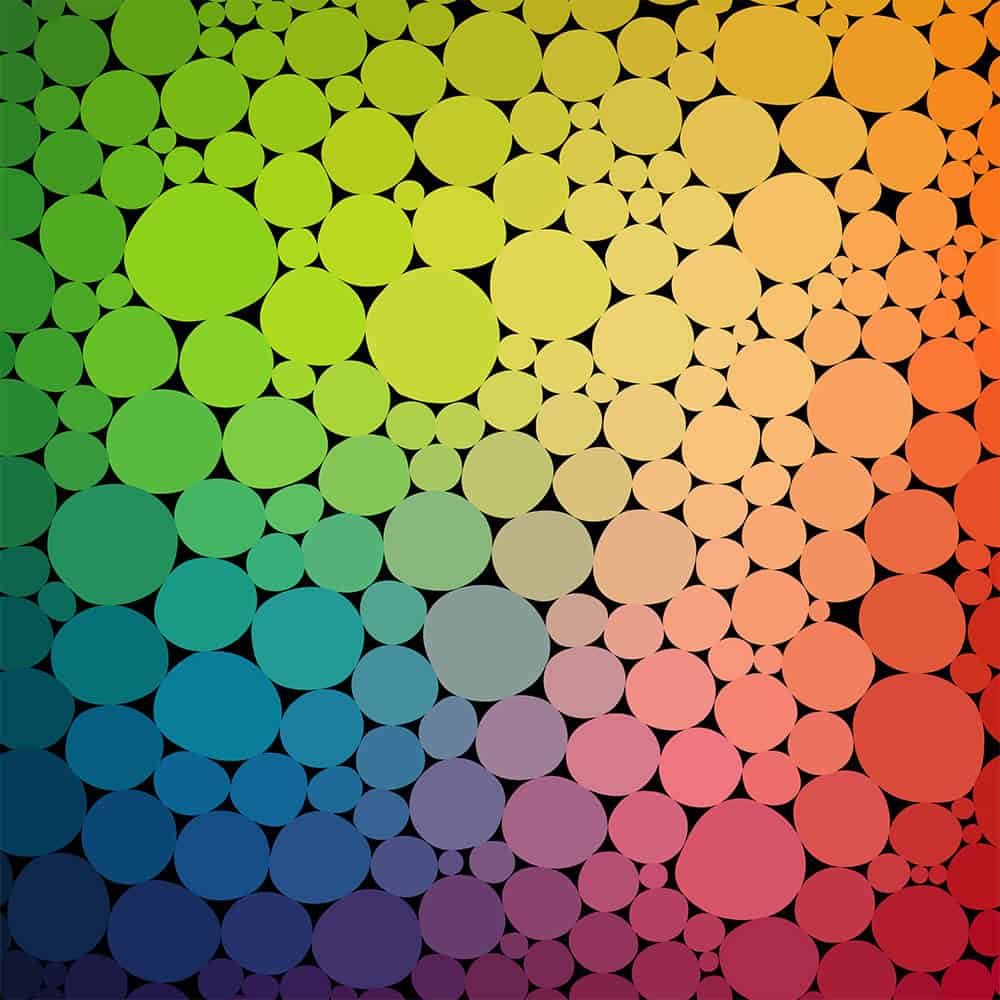Science
Researchers Discover Vortex Patterns in Liquid Crystals Mimicking Superconductors

Researchers have unveiled significant findings on how vortex-like defects within liquid crystals can mimic the behaviour of superconductors. This study reveals the formation of structured clusters, known as Abrikosov clusters, which parallel those observed in Type-II superconductors. The research offers new insights into the underlying physics of both materials and has potential applications in areas such as data communication and astronomical imaging.
Superconductors are categorized into two types: Type-I and Type-II. Type-I superconductors completely repel magnetic fields and lose their superconducting properties when the magnetic field exceeds a specific threshold. Conversely, Type-II superconductors exhibit two critical field values, allowing magnetic flux to penetrate the material in quantized vortices, forming a regular pattern known as the Abrikosov lattice. This self-organization has also been documented in other systems, including Bose-Einstein condensates and chiral magnets.
Understanding Vortex Behaviour in Liquid Crystals
The current study focuses on the behaviour of vortices within a chiral liquid crystal droplet. Researchers, including lead author V. Fernandez-Gonzalez, observed a unique phenomenon termed Abrikosov clusters, which are similar to those found in Type-II superconductors. The team examined the transition from an isotropic liquid phase to a chiral liquid phase as the temperature decreased.
By combining experimental observations with theoretical modelling, the researchers demonstrated how topological defects, or chiral domains, cluster due to the interplay of vortex repulsion and spatial confinement. To model this behaviour, the team utilized the Ginzburg-Landau equation, a mathematical framework originally designed for superconductivity. This equation helps identify the emergence of specific vortex patterns by minimizing the system’s energy.
An intriguing aspect of their findings is that light passing through the chiral domains of the droplet can acquire chirality. This discovery could lead to innovative methods for steering and shaping light, enhancing the efficiency of technologies in data communication and astronomical imaging.
The research, titled “Abrikosov clusters in chiral liquid crystal droplets,” is published in the journal Rep. Prog. Phys. in 2024. It builds on previous studies, including the work by N. B. Kopnin on vortex dynamics in superconductors and Fermi superfluids.
This exploration into vortex self-organization in chiral liquid crystals not only deepens our understanding of these materials but also opens avenues for future technological advancements. As researchers continue to investigate these complex interactions, the implications for both fundamental science and practical applications appear promising.
-

 Entertainment2 months ago
Entertainment2 months agoIconic 90s TV Show House Hits Market for £1.1 Million
-

 Lifestyle4 months ago
Lifestyle4 months agoMilk Bank Urges Mothers to Donate for Premature Babies’ Health
-

 Sports3 months ago
Sports3 months agoAlessia Russo Signs Long-Term Deal with Arsenal Ahead of WSL Season
-

 Lifestyle4 months ago
Lifestyle4 months agoShoppers Flock to Discounted Neck Pillow on Amazon for Travel Comfort
-

 Politics4 months ago
Politics4 months agoMuseums Body Critiques EHRC Proposals on Gender Facilities
-

 Business4 months ago
Business4 months agoTrump Visits Europe: Business, Politics, or Leisure?
-

 Lifestyle4 months ago
Lifestyle4 months agoJapanese Teen Sorato Shimizu Breaks U18 100m Record in 10 Seconds
-

 Politics4 months ago
Politics4 months agoCouple Shares Inspiring Love Story Defying Height Stereotypes
-

 World4 months ago
World4 months agoAnglian Water Raises Concerns Over Proposed AI Data Centre
-

 Sports4 months ago
Sports4 months agoBournemouth Dominates Everton with 3-0 Victory in Premier League Summer Series
-

 World4 months ago
World4 months agoWreckage of Missing Russian Passenger Plane Discovered in Flames
-

 Lifestyle4 months ago
Lifestyle4 months agoShoppers Rave About Roman’s £42 Midi Dress, Calling It ‘Elegant’









